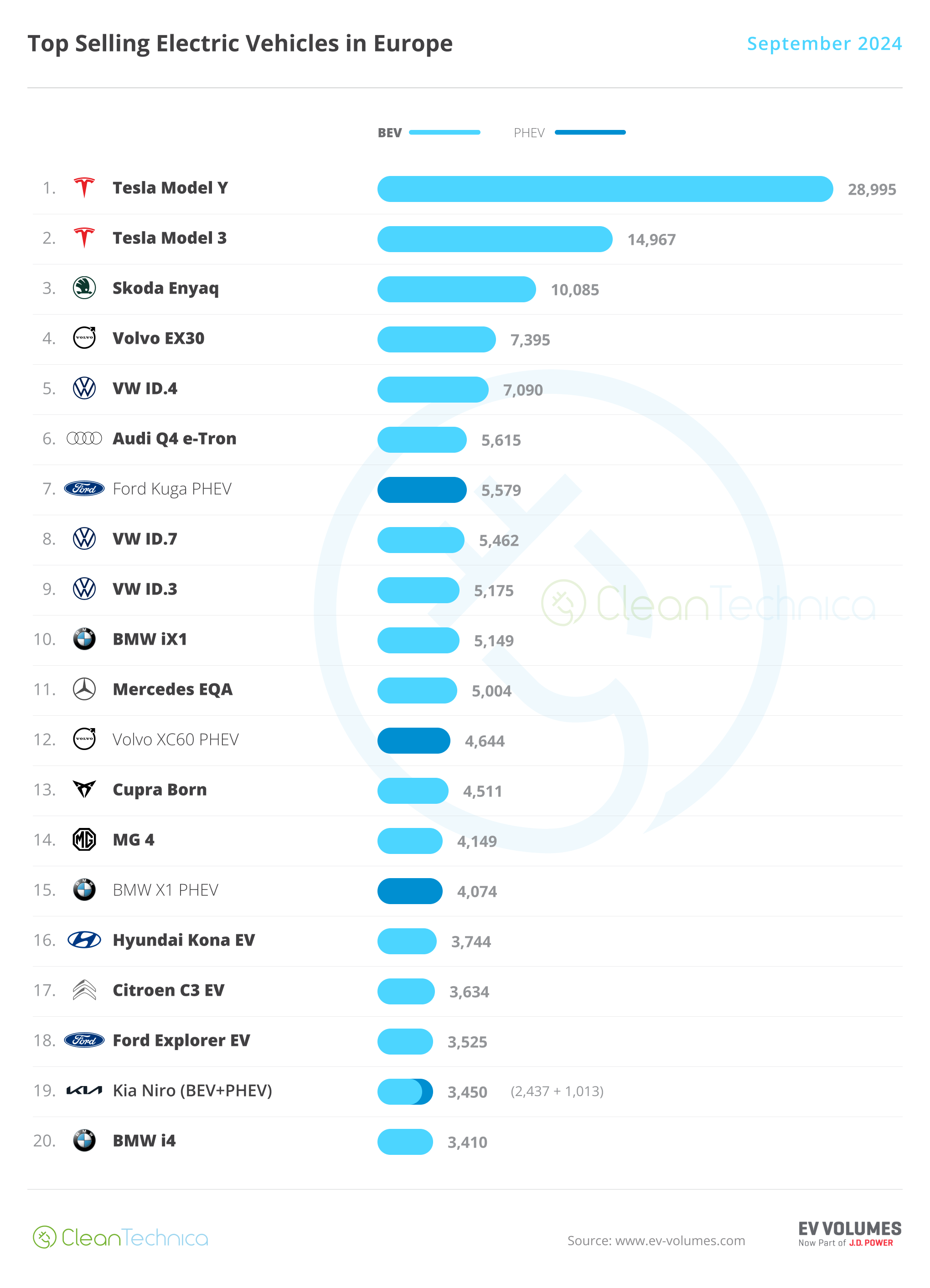ContiTech’s new HEP conveyor belt is a great example of Australia’s decarbonisation leadership in the minerals processing industry.
Claiming energy reduction of up to 17 per cent in CO2 emissions through the process chain than the equivalent nylon, ContiTech’s high energy polyester (HEP) conveyor belt is also designed to deliver a longer working life with fewer maintenance requirements while mitigating ever-present nylon yarn supply risks.
The global minerals processing industry has earned a reputation of being at the vanguard of developing and deploying environmentally better and more efficient operating improvements, and Australia is recognised as one of the leaders in this endeavour.
In addition to the lower emissions compared to nylon fibre during production, the new belt reduces environmental impact thanks to its longer working life and fewer belt replacements. Another major benefit is its suitability for performance handling harsh materials. HEP belts will be highly suitable for typical fabric belt applications, which in Australia range from coal to more aggressive materials such as iron ore.
As the below chart illustrates, textile belts use nylon–polyamide (PP or NN) fabric for its impact-resistance quality but experience higher permanent elongation and frequent take-up adjustments. Polyester–polyamide (EP or PN) belts offer lower stretch but are limited by their lower impact absorption capacity.
Technically speaking, the sophisticated engineering make-up of this new HEP belt is designed to deliver:
- optimised elastic elongation, which maintains lower belt stretch while effectively absorbing impact
- superior flexibility, reducing the risk of belt damage under dynamic loads
- stable performance, reducing the need for frequent take-up adjustments
- no extra joints after load trials, ensuring a seamless operation.
ContiTech’s HEP belts have been successfully operating since 2021 in Canada, Mexico, Germany and the US, and meet DIN EN ISO, AS, IS and various other international specification standards.
The heat- and oil-resistant belts are available in widths of 550–2400mm with belt ratings 160–3150N/mm and can be fitted for system upgrades and new installations.
ContiTech APAC director material conveyance Ben Wood reaffirmed the importance of reducing carbon emissions with the company’s new HEP conveyor belt range.
“What it really comes down to is a commitment to lowering carbon emissions and developing more environmentally sustainable products while continuing to deliver our customers operational performance improvements,” he said.
“It’s the sum of multiple steps when it comes to developing sustainable solutions. There will be several stages in the product lifecycle that will continue to offer further decarbonisation opportunities for ContiTech and our customers.”
ContiTech Industrial Solutions APAC head of application engineering Dr Stephan Hoett echoed the sentiment of being able to deliver for customers.
“We knew from our initial research that if we could come up with a textile conveyor belt with better performance characteristics than the traditional nylon standard and with the added benefits of reduced CO2 emissions and a competitive price, we’d have a winner,” he said. “Many of our customers, particularly those involved in iron ore, are interested in learning about its qualities and performance, so we’re feeling quite confident about this exciting new HEP belt’s future.”
This article appeared in the October issue of Australian Mining magazine.




